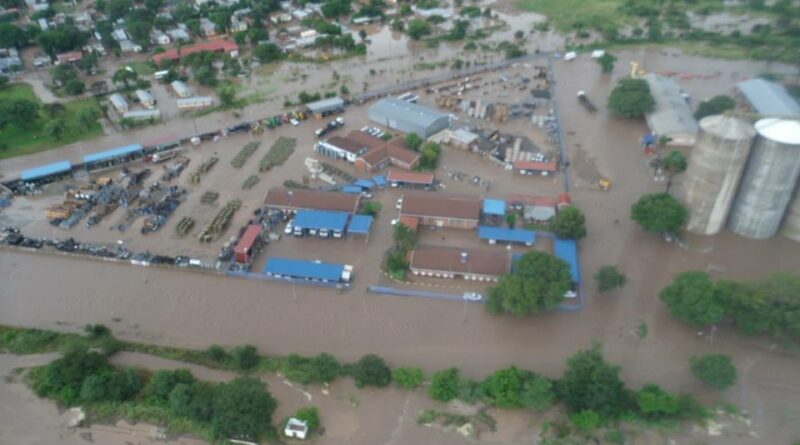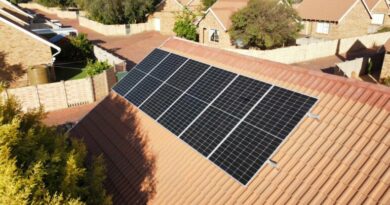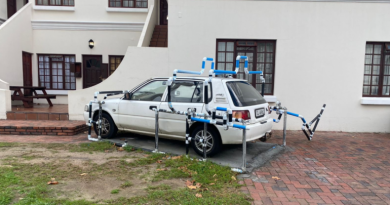As Natural Catastrophes Increase, It’s Time to Close the Protection Gap
Overview
As natural catastrophes increase in frequency and severity, their resulting losses increase as well. When those losses grow, so does the protection gap — the difference between the total economic loss and the amount covered by insurance.
According to Aon’s Global Catastrophe Recap: First Half of 2022, natural catastrophes caused $92 billion in economic losses during the first six months of this year. Of those losses, only $39 billion were insured — a 57 percent protection gap.
“The gap is absorbed by individuals, business owners, communities and local governments as they try to recover and rebuild after disasters,” says Liz Henderson, senior managing director at Aon.
Communities with higher levels of insurance tend to recover more quickly from disasters. But insurance can only go so far. Closing the protection gap demands an “all-hands-on-deck approach,” linking insurance with governments, public policy and other sources of risk-taking capital.
In Depth
A number of possible causes exist for the protection gap. Insurance use is low in some parts of the world, and insurance products may not be available for certain perils. In some cases, individuals don’t understand the nature of the risks facing them, leaving them underinsured or uninsured.
In the U.S., some natural disaster risks are not covered by insurance or are under-covered. Major flood events like the July 2022 floods in St. Louis are typically followed by homeowners calling their insurers, only to learn that floods aren’t covered in standard homeowner policies.
Henderson explains that flood insurance is only required in zones defined by the Federal Emergency Management Agency (FEMA). “These zones are based on mapping that is currently being updated — but in the process to update may take years — and do not reflect an accurate view of the current risk of flood or the increasing risk of flood due to climate change.”
Similar gaps exist for earthquake risk. Mortgage lenders in the U.S. don’t require earthquake insurance. So, while homebuyers must show proof of homeowner insurance, they’re not required to demonstrate that the policy covers earthquakes.
In the areas with the highest earthquake risk, earthquake insurance is only written for about 15 percent of homeowner policies, says Henderson. Conversely, hurricane coverage is required by mortgage lenders in hurricane-exposed areas of the U.S.
The Coverage Gap’s Global Impact
A look at two different natural catastrophes shows the protection gap and some of the causes.
In Haiti, insurance is not a common practice. When a 2010 earthquake caused $8 billion in economic losses in the country, only 1 percent was covered by insurance. The disaster resulted in 270,000 deaths and displaced 40 percent of the population. A subsequent cholera outbreak killed nearly 10,000. Many more thousands of residents were still living in non-permanent structures nearly 10 years after the event. Haiti’s unemployment rate remained elevated, and its gross domestic product dropped as well.
In contrast, in New Zealand, insurance is more common. A 2011 earthquake in New Zealand caused $26 billion in economic losses — but 50 percent of this was insured, and the country was able to maintain positive growth. While the country’s Earthquake Commission — which provides an insurance product for residential risks — faced criticism for slower response times than those of private insurers, more than 90 percent of claims had been resolved by the middle of 2014.
The Potential of Partnerships
One way to close the protection gap might be public-private partnerships. Here, the insurance industry partners with governments to enhance relevant regulations and provide increased protection.
“The challenge is that not every peril and not every region is going to lend itself to a one-stop solution,” says Henderson. “We need government and aid organisations to participate.”
The insurance industry can play an important role in two areas, Henderson believes.
One approach involves partnering with organisations like the World Bank to design insurance products with parametric triggers that can pay out quickly following disasters. Aon worked with the World Bank to place a catastrophe bond used to fund earthquake insurance for five countries in Latin and Central America. In this instance, payments from the parametric coverage would be in addition to any coverage purchased by individuals or businesses in those countries, as well as any post-disaster government aid.
Another solution involves partnering with a broader array of stakeholders. In the U.S., that could take the form of the insurance industry partnering with individual cities or states to close the protection gap around exposures like wildfire risk. Parametric-based insurance products could help those locations respond quickly to wildfire losses. These products could also reduce budget volatility for affected areas and help with some of the costs of wildfire control and prevention.
Human Nature and Closing the Gap
To close the coverage gap, individuals must recognise the realities of being uninsured or underinsured in a catastrophic event. The insurance industry can help to provide meaningful context when preparing for disasters.
“Our human tendency to downplay statistical methods and rely more on anecdotal observations is probably one of the biggest hurdles to closing the protection gap,” Henderson says. “People won’t buy insurance unless they really feel, ‘this is a risk I’m exposed to.’ That’s an area where the industry has a huge opportunity, because we understand risk well and we have the tools to describe it.”




